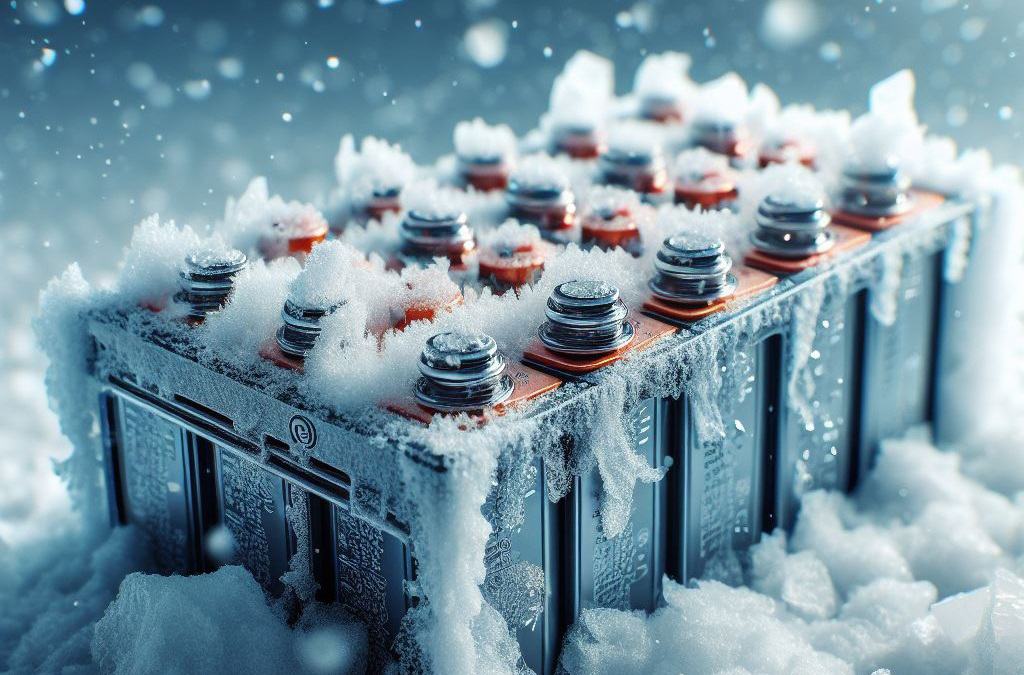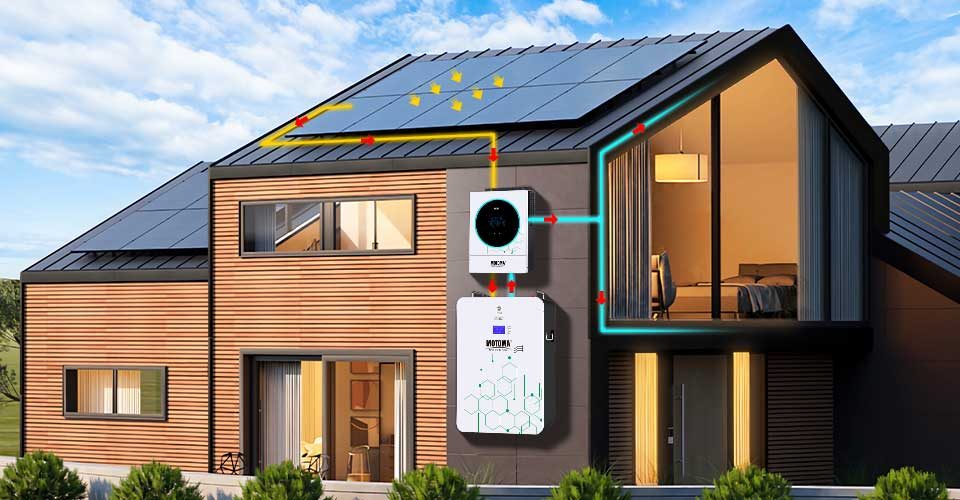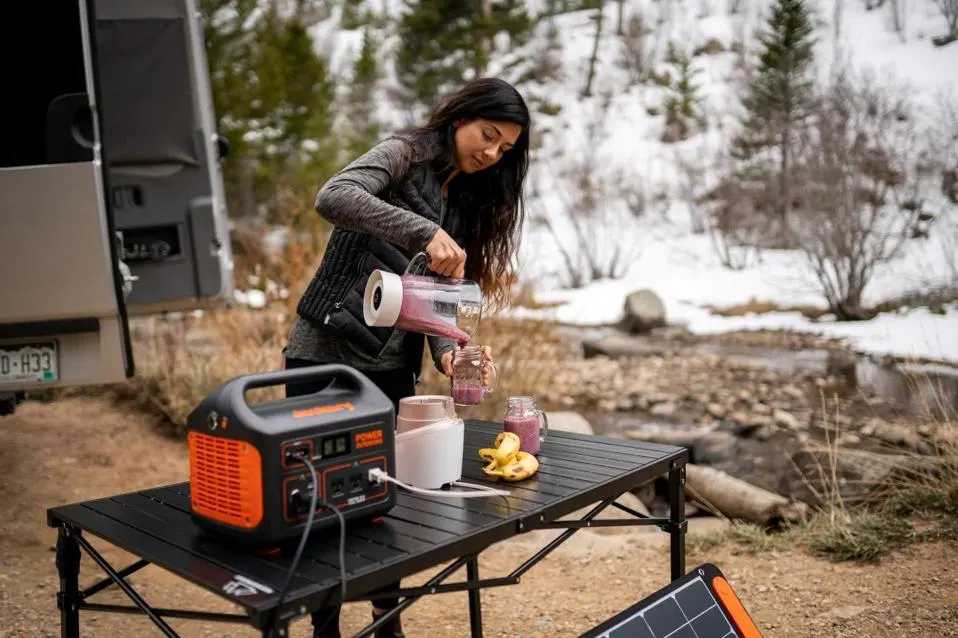Low temperatures can be one of the biggest adversaries of lithium iron phosphate (LiFePO4) batteries, commonly used in a range of applications from electric vehicles (EVs) to renewable energy storage systems. While these batteries are renowned for their safety, long cycle life, and cost-effectiveness, their performance in cold weather remains a concern. As industries increasingly turn to LiFePO4 technology, especially for applications in colder climates, understanding the technical breakthroughs and solutions to improve low-temperature performance is crucial.
This article explores how advancements in battery materials, electrochemistry, and thermal management technologies are overcoming these challenges, making LiFePO4 batteries a more viable option in colder environments.
The Impact of Low Temperatures on LiFePO4 Batteries
Low temperatures can significantly impact the performance of LiFePO4 batteries, leading to a range of issues that affect their efficiency and lifespan. The most common problems include:
-
Capacity Decay: As temperatures drop, the ability of the battery to store and release energy diminishes. This results in reduced effective capacity and less range in electric vehicles or less available power in storage applications.
-
Increased Internal Resistance: At low temperatures, the internal resistance of LiFePO4 batteries increases. This means that more energy is lost as heat during charging and discharging, further decreasing the efficiency of the battery.
-
Slower Chemical Reactions: LiFePO4 batteries operate on electrochemical reactions that become slower at lower temperatures. This leads to less efficient ion movement within the battery, causing a delay in energy transfer and poor overall performance.
These issues present a serious hurdle for industries that require reliable battery performance in extreme cold, such as the electric vehicle market in regions with cold winters, or for outdoor equipment like electric snowmobiles or remote power systems.
New Electrolytes and Materials for Cold-Weather Performance
To combat the adverse effects of low temperatures, manufacturers have turned to advancements in electrolytes and battery materials to enhance the performance of LiFePO4 batteries.
-
Advanced Electrolyte Formulations: Traditional electrolytes can become more viscous in cold weather, which increases the internal resistance of the battery. New electrolyte formulations designed for low-temperature applications feature additives that lower the freezing point of the electrolyte and reduce viscosity. These innovations help maintain ionic conductivity, allowing the battery to operate efficiently even at sub-zero temperatures.
-
Thermal Stability Enhancers: By incorporating thermal stabilizers into the electrolyte, manufacturers have been able to create more stable chemical environments within the battery. This ensures that the battery can withstand extreme cold without suffering from issues like capacity fade or sudden performance drops.
-
High-Conductivity Materials: Additionally, advancements in the conductive materials used in LiFePO4 batteries, such as higher-quality carbon additives in the cathode and anode, have resulted in improved low-temperature performance. These materials reduce internal resistance and enhance the movement of lithium ions, making the battery more efficient even in frigid conditions.
Innovations in Thermal Management Systems
To complement the improvements in electrolyte and material science, the development of thermal management systems for LiFePO4 batteries has been crucial in ensuring that these batteries maintain their optimal operating temperature even when external conditions plummet.
-
Active Thermal Management Systems: These systems use electric heating pads or integrated heating elements within the battery pack to keep the battery’s temperature within the ideal range. By pre-heating the battery before use, the internal chemistry remains stable, ensuring full functionality even in cold environments. Active thermal management can be especially useful for electric vehicles, where the need to quickly regulate battery temperature during driving is essential.
-
Phase Change Materials (PCMs): PCMs are another promising technology being explored for LiFePO4 batteries. These materials absorb and release heat as they change phases (from solid to liquid or vice versa). PCMs help regulate the temperature within the battery by preventing it from getting too cold or too hot, ensuring the battery operates within its optimal temperature range. This solution is increasingly being applied in energy storage systems and electric vehicle battery packs.
-
Insulation and Enclosure Designs: To further protect LiFePO4 batteries in cold climates, manufacturers are using advanced insulation materials and innovative battery enclosures. These designs minimize heat loss and reduce the likelihood of thermal fluctuations. In electric vehicles, these insulated battery enclosures ensure that the battery maintains an optimal temperature for both charging and discharging cycles, even when the outside temperature drops significantly.
Market Trends: LiFePO4 Batteries in Low-Temperature Applications
As the demand for electric vehicles and renewable energy storage systems increases, industries are increasingly looking for solutions that can perform well in low-temperature environments. LiFePO4 batteries, with their inherent safety and longevity, have become an attractive option for various cold-weather applications.
-
Electric Vehicles (EVs): One of the largest markets for LiFePO4 batteries is the electric vehicle industry. Manufacturers, particularly in regions with cold climates like Canada, Scandinavia, and parts of the U.S., are now focusing on how to improve the performance of EVs in winter conditions. By enhancing the thermal management systems and utilizing new electrolyte formulations, automakers are overcoming low-temperature issues and making electric cars more reliable in the winter months.
-
Outdoor Equipment: LiFePO4 batteries are also used in outdoor recreational equipment such as electric snowmobiles, ATVs, and marine vessels. These industries require batteries that can maintain their performance even when exposed to freezing temperatures. With innovations in battery design, manufacturers are now able to deliver reliable energy storage solutions for these harsh environments.
-
Renewable Energy Storage: As the push for green energy continues to grow, LiFePO4 batteries are becoming an increasingly important solution for storing solar and wind energy. In colder regions, where sunlight and temperatures fluctuate, ensuring that energy storage systems operate reliably through the winter months is essential. Advances in thermal management and cold-resistant materials make LiFePO4 batteries an ideal choice for these applications.
Case Studies: Real-World Solutions for Low-Temperature Performance
Several companies have made significant strides in solving the low-temperature performance challenges of LiFePO4 batteries. For instance:
-
Tesla's Cold-Weather EV Solutions: Tesla, a leader in electric vehicles, has integrated advanced thermal management systems into their electric cars. These systems include battery heaters and optimized battery management software, which ensures that the battery stays within the optimal temperature range, even in frigid temperatures. The company also uses a liquid cooling system that helps regulate the temperature of the battery pack, ensuring consistent performance during winter months.
-
RICHYE’s Battery Solutions: RICHYE, a trusted lithium battery manufacturer, has been at the forefront of innovation in the LiFePO4 battery market. Their batteries incorporate advanced electrolyte formulations, high-conductivity materials, and effective thermal management systems. These innovations ensure that RICHYE’s LiFePO4 batteries perform reliably, even in extreme cold environments, making them suitable for electric forklifts, outdoor equipment, and renewable energy applications.
Conclusion
The demand for LiFePO4 batteries continues to grow, and with it, the need for high-performance solutions that can withstand low temperatures. Through advancements in electrolytes, materials, and thermal management systems, manufacturers are overcoming the challenges posed by cold weather, ensuring that LiFePO4 batteries remain a reliable choice for industries that require efficient energy storage in extreme conditions. As these technologies continue to evolve, we can expect even greater improvements in battery performance, paving the way for LiFePO4 batteries to thrive in the coldest of environments.
About RICHYE
RICHYE is a professional lithium battery manufacturer known for producing high-quality LiFePO4 batteries. With a focus on performance, safety, and reliability, RICHYE’s batteries are trusted by manufacturers in various industries, including electric vehicles, renewable energy, and outdoor equipment. RICHYE’s commitment to innovation ensures that their batteries meet the highest standards of quality and efficiency, making them a leader in the lithium battery industry.




